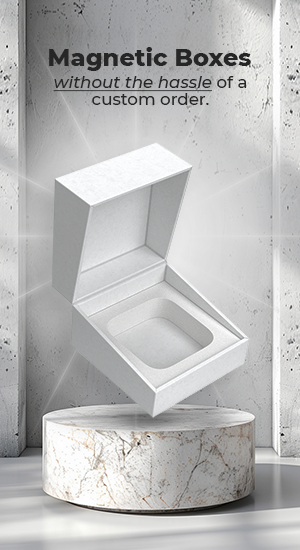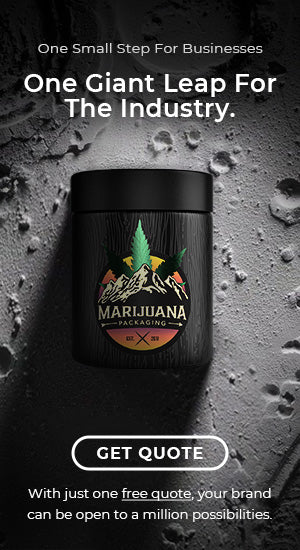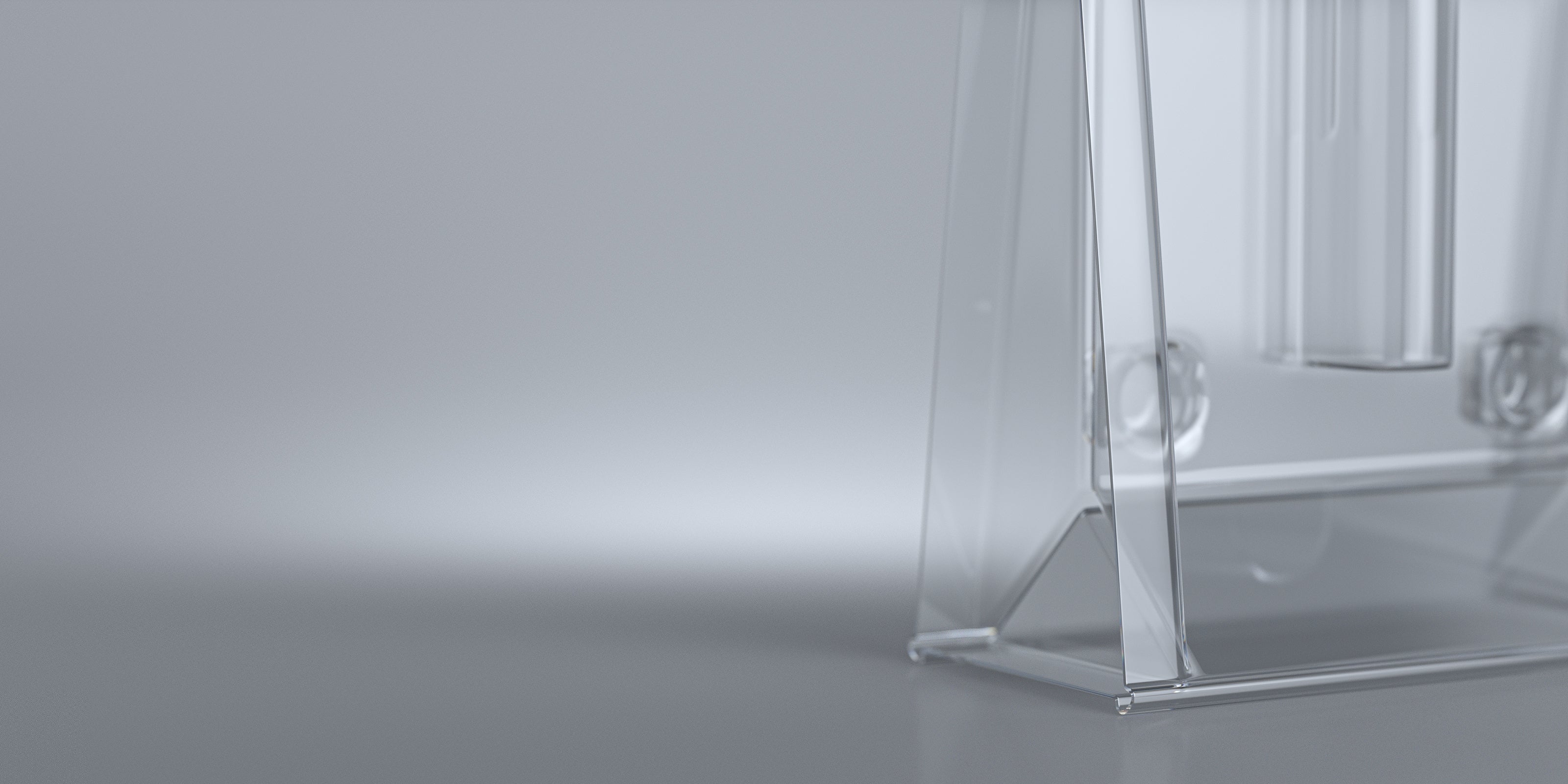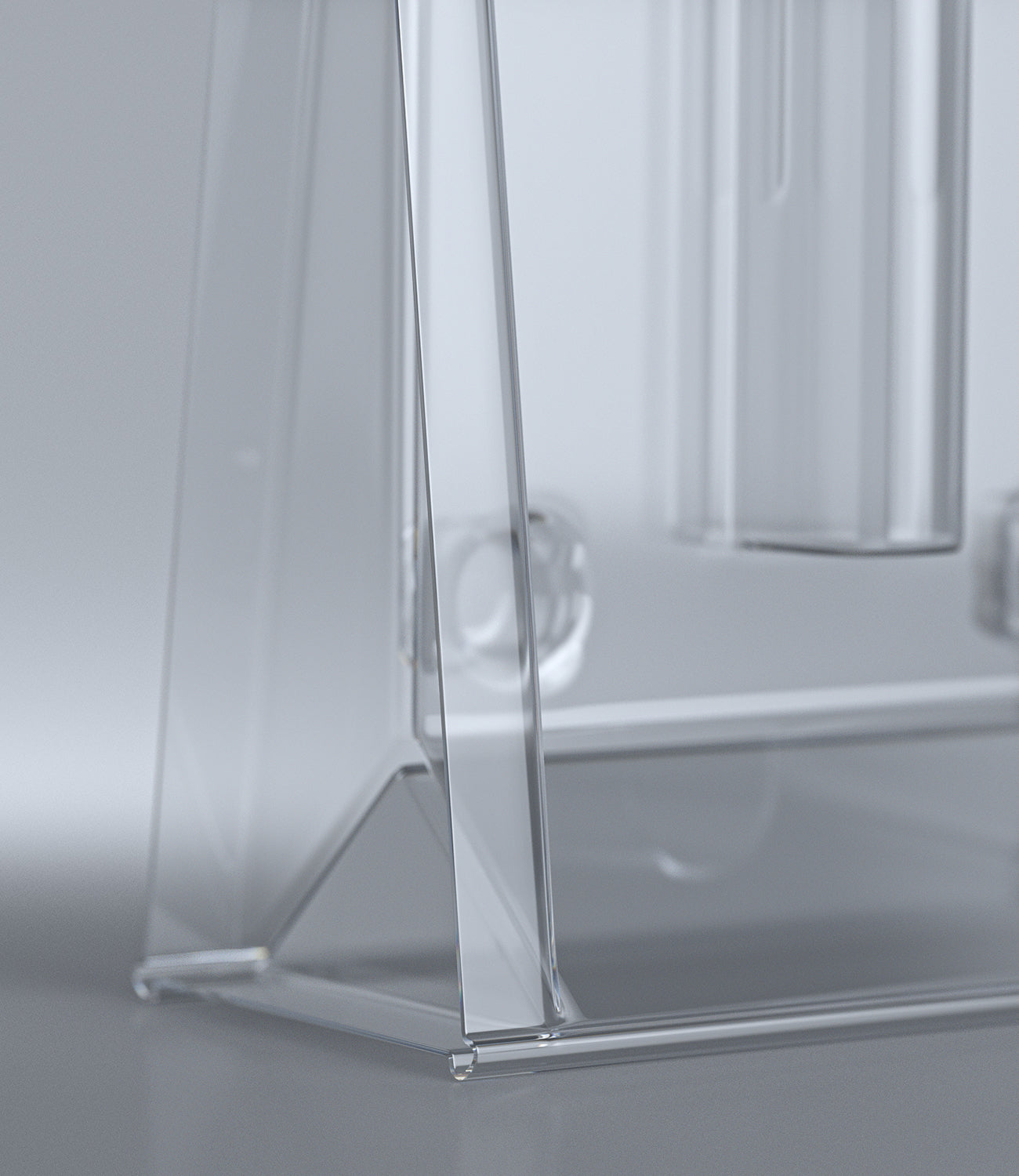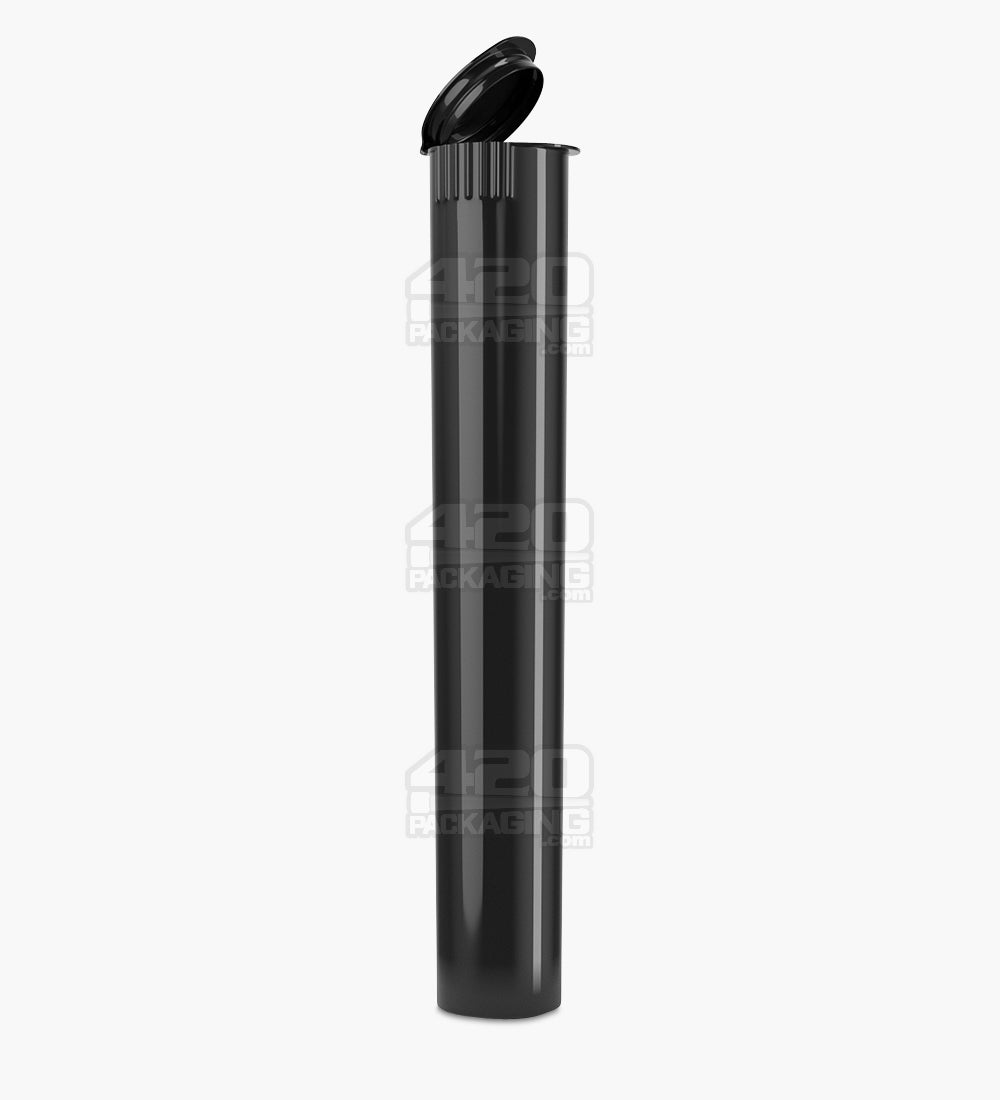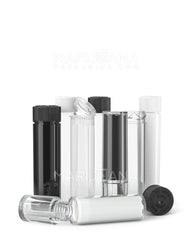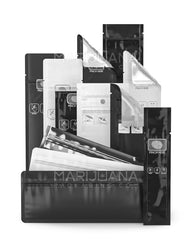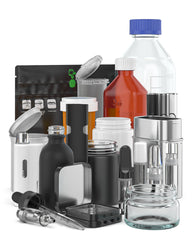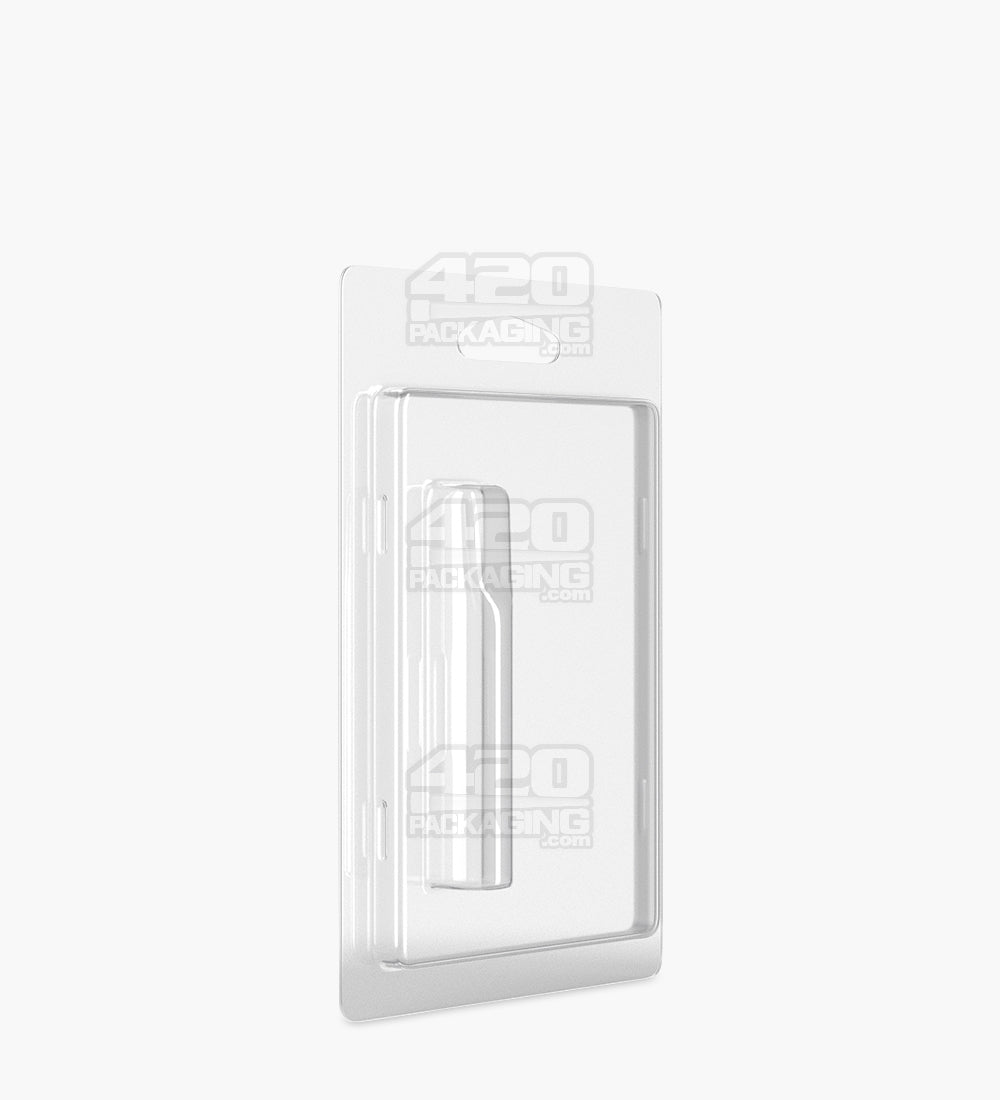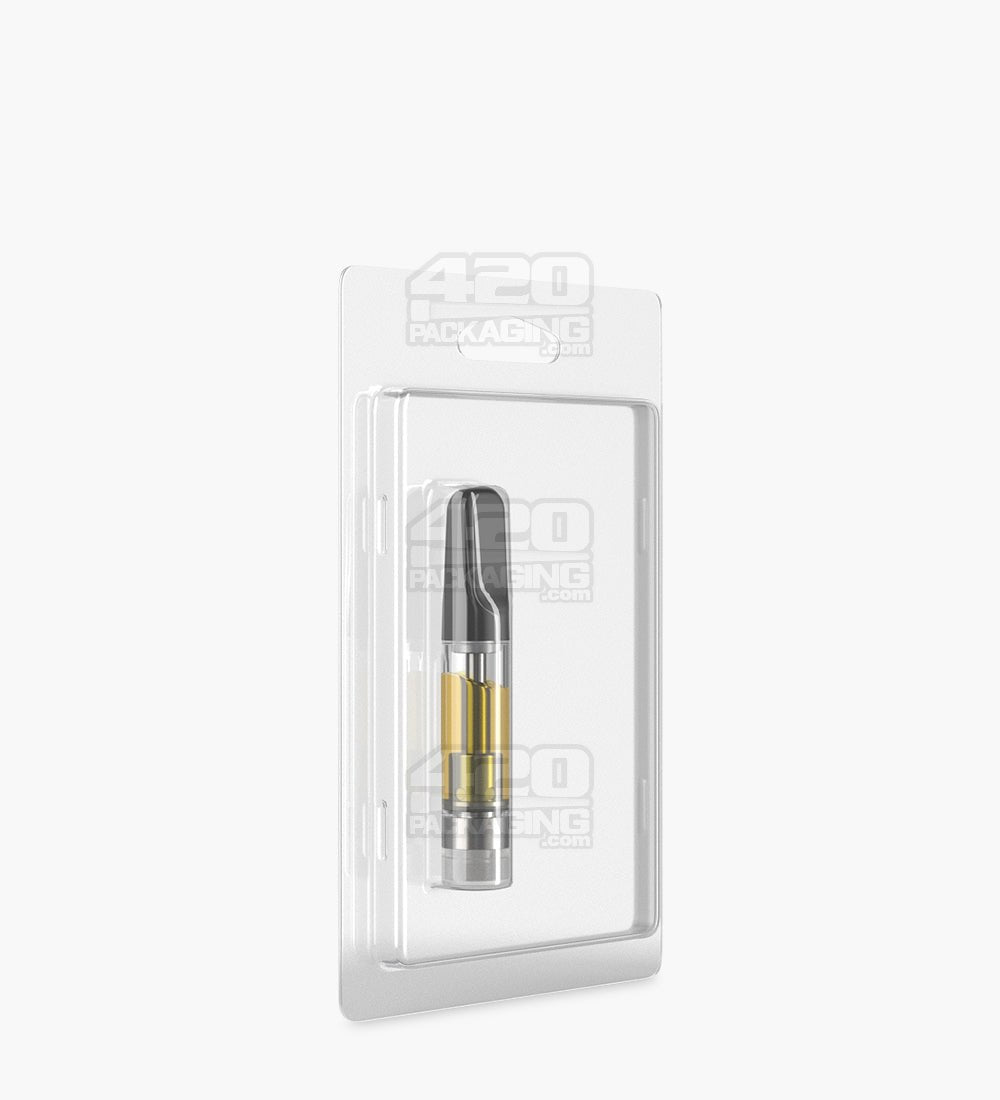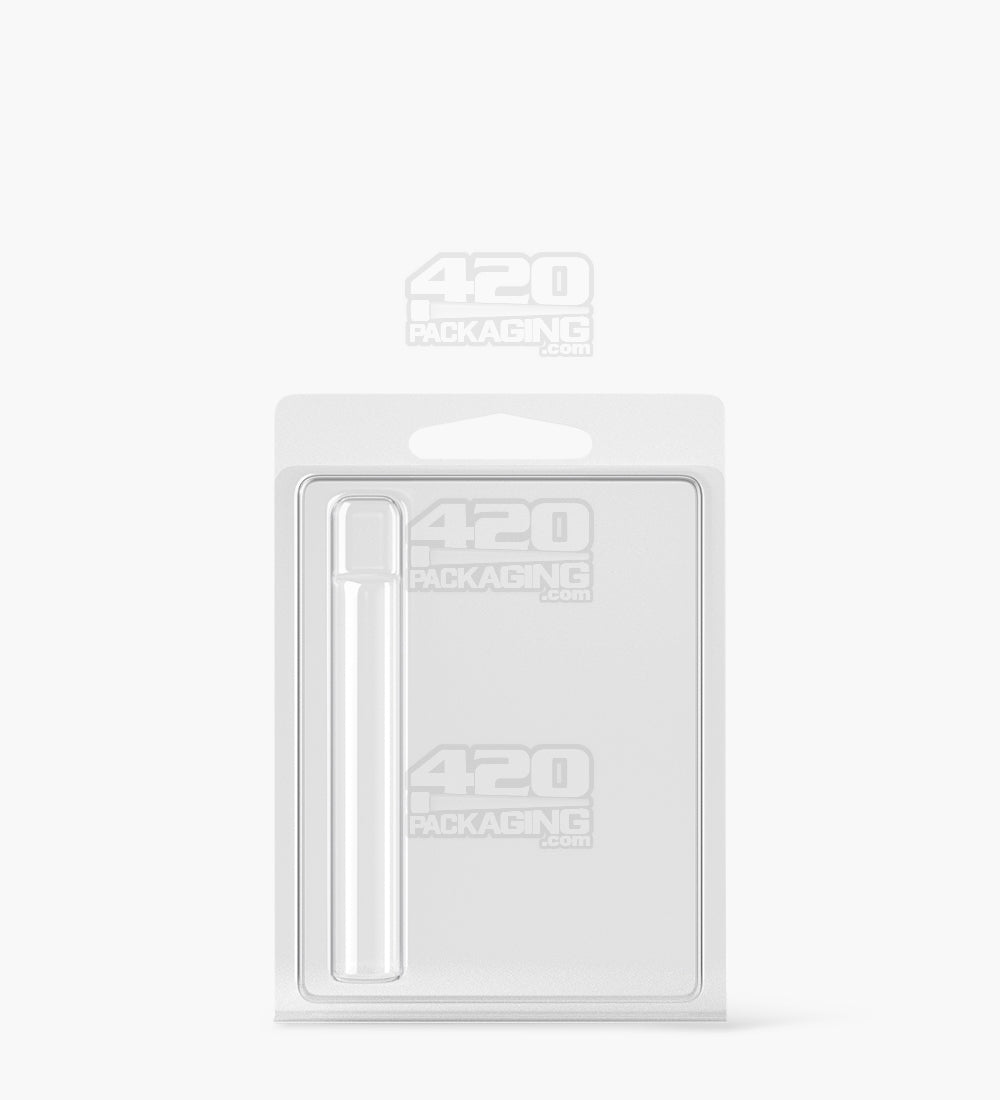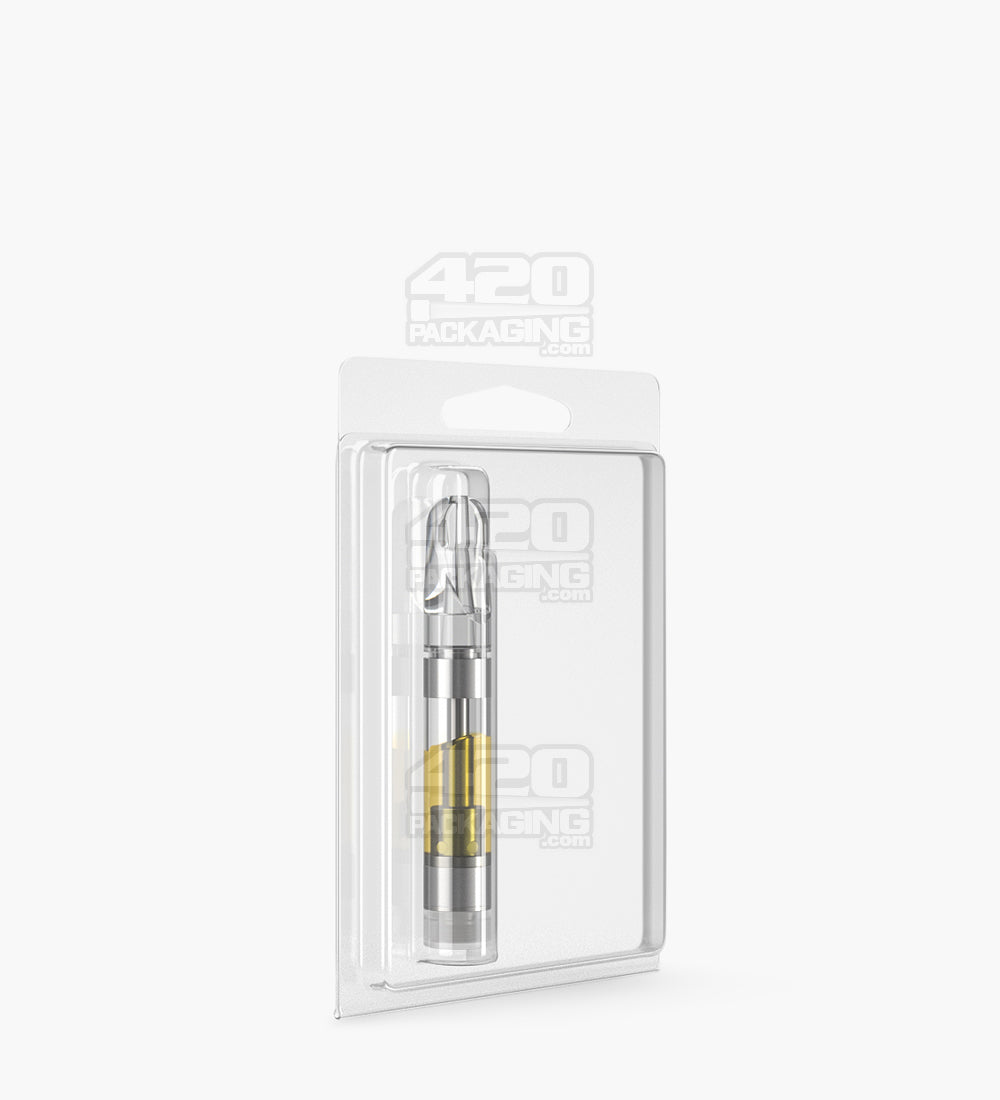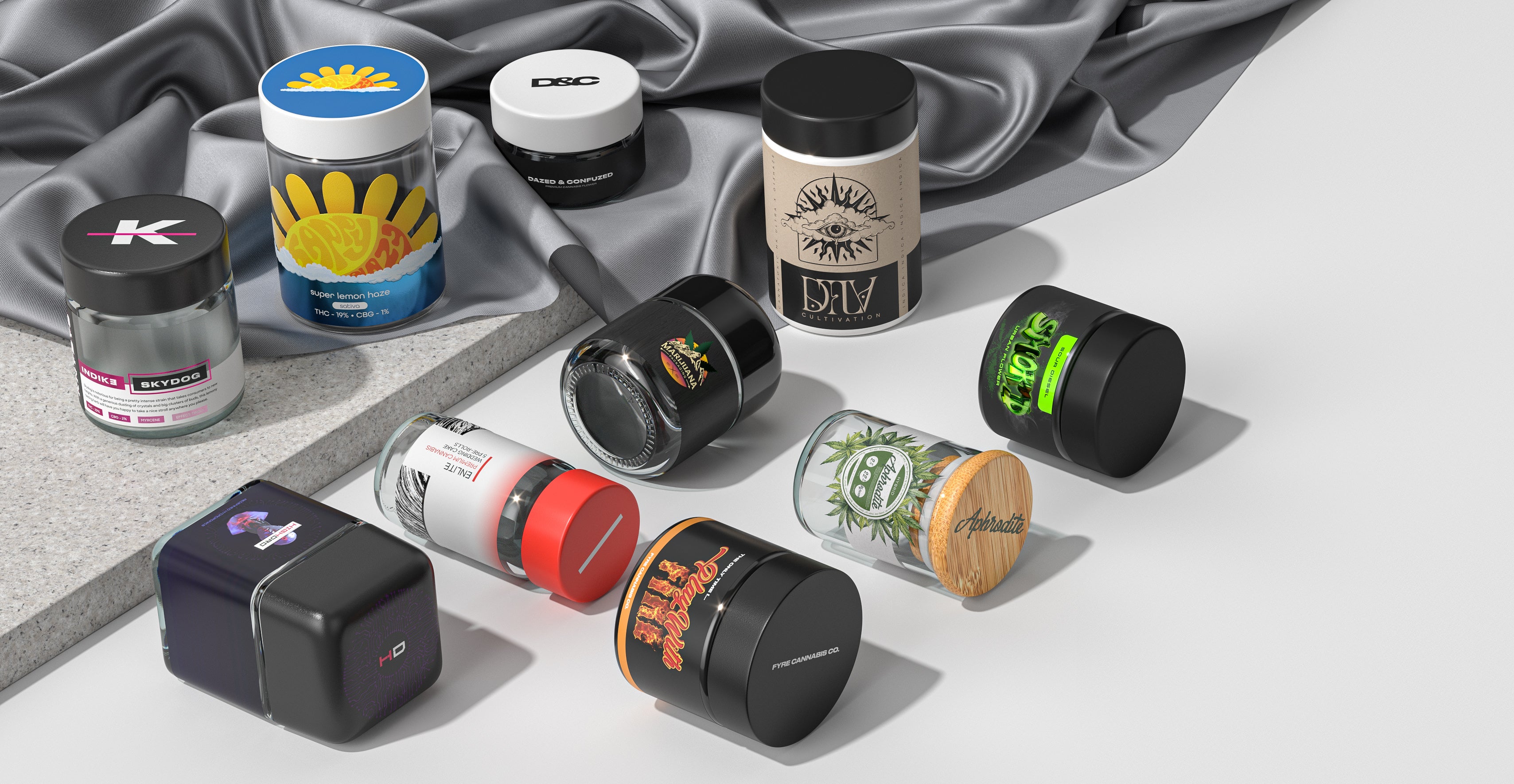Blister packaging is a widely used format in product packaging, valued for its clarity, protection, and ease of customization. It is commonly seen in retail environments across industries such as pharmaceuticals, consumer electronics, hardware, toys, and cosmetics. With its sealed plastic cavity and a paperboard backing, blister packaging helps products remain tamper-evident, visible, and secure. When comparing options, many companies also consider clamshell packaging as an alternative, and understanding the pros and cons of both helps in making the right packaging decision.
What Is Blister Packaging?
Blister packaging consists of a pre-formed plastic pocket or cavity that holds the product in place and is typically heat-sealed onto a paperboard backing or a foil substrate. The clear plastic component is usually made from PVC, PET, or RPET, offering excellent transparency for shelf display. This packaging style is highly adaptable and can be customized to fit virtually any product shape or branding requirement.
There are several types of blister packaging:
- Face-seal blister – The plastic cavity is sealed onto a flat card.
- Trap blister – The blister is trapped between two layers of paperboard.
- Full face-seal – The plastic completely covers the front of the card.
- Slide blister – The card slides between the plastic and holds the product without heat-sealing.
Each type serves different product needs and aesthetic preferences, but they all share the advantages of enhanced product visibility, theft deterrence, and excellent branding real estate.
What Is Clamshell Packaging?
Like blister packaging, clamshell packaging uses thermoformed plastic but in a hinged format that allows the package to open and close like a clamshell. Clamshells typically enclose a product entirely and may be sealed shut with heat, RF welding, or adhesive, or simply snapped closed for reusable formats. This style is ideal for items that need more structural integrity or must be displayed standing upright or hung on a peg.
Clamshells are used in a wide variety of retail settings for electronics, tools, cosmetics, batteries, and more. They can be manufactured using recycled materials and offer excellent protection against tampering, damage, and environmental factors.
Key Differences Between Blister and Clamshell Packaging
While blister and clamshell packaging share several materials and processes, they diverge in design, function, and application. Here’s how they compare:
1. Structure and Form
Blister packaging uses a flat backing and a raised plastic cavity. Clamshells are hinged enclosures, often consisting of two halves made from a single thermoformed piece.
2. Protection
Clamshells generally offer more robust protection, making them suitable for heavier or more fragile products. Blister packs are lighter and typically used for lower-impact environments.
3. Opening Mechanism
Clamshells can be resealable or sealed permanently, while blister packaging is typically single-use and often requires the backing to be peeled or torn off.
4. Display and Aesthetics
Both styles offer excellent product visibility. However, blister packs allow for more graphics on the paperboard backing, while clamshells offer 360-degree visibility.
5. Cost
Blister packaging is generally more cost-effective due to its simpler construction and materials. Clamshells may involve higher costs in terms of material and assembly, especially if sealing is required.
Advantages of Blister Packaging
- Cost Efficiency – Blister packaging is inexpensive to produce, especially in high volumes.
- Custom Branding – Offers ample space for high-impact graphics and product details.
- Retail Ready – Ideal for hanging displays and pegboard arrangements.
- Tamper Evident – Offers visible security features, which enhance consumer trust.
- Compact Design – Saves shelf space and minimizes shipping costs.
When to Choose Clamshell Packaging
Clamshell packaging is ideal when product security and reusability are priorities. It's especially useful for electronics, DIY tools, and other higher-value products that require added physical protection. Some brands also choose clamshells for sustainability reasons, as they can be reused or made from recycled PET plastics.
Use clamshell packaging when:
- You need full enclosures to protect fragile or premium products
- Products must be displayed upright or suspended in clear view
- Reusable packaging offers value to your customer base
Sustainability Considerations
Both blister and clamshell packaging can be manufactured using recyclable or biodegradable materials. PET and RPET are widely accepted in recycling streams, making them suitable for eco-conscious brands. Paperboard backings used in blister packs can be sourced from FSC-certified forests, and some packaging designs now incorporate compostable plastics.
However, combining materials (like plastic and foil) can complicate the recycling process. It’s best to choose mono-material packaging whenever possible and clearly label recyclable components.
Conclusion: Choosing the Right Packaging for Your Products
Both blister packaging and clamshell packaging serve essential roles in product presentation and protection. The best choice depends on your product type, budget, retail environment, and sustainability goals. Blister packs offer an affordable, scalable solution for smaller items, while clamshells provide enhanced durability and full visibility. Partnering with a knowledgeable supplier can help you evaluate these options based on your unique requirements and align your packaging strategy with brand growth and compliance needs.

